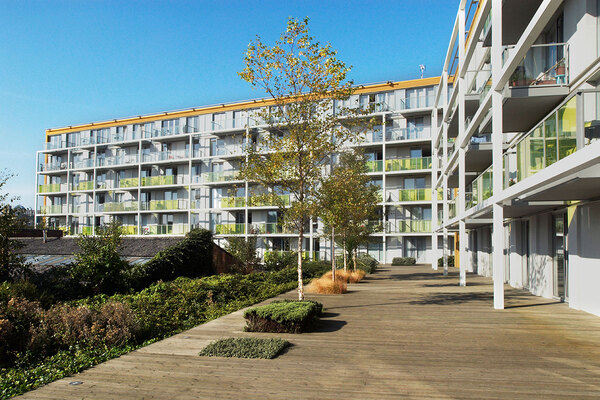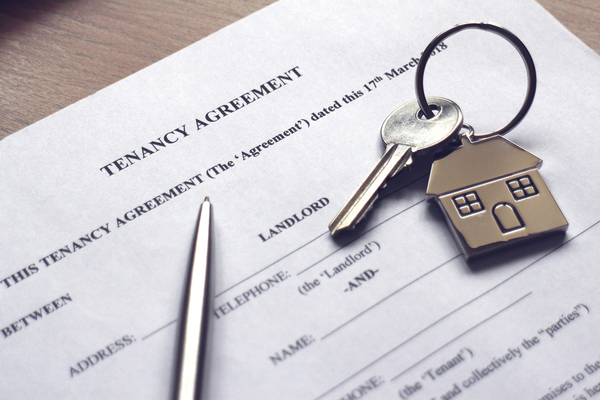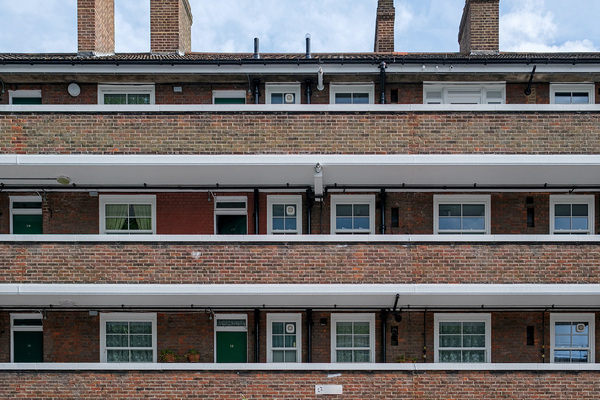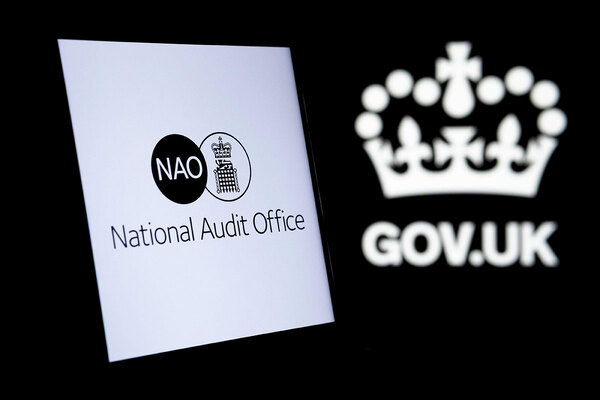You are viewing 1 of your 1 free articles
Shared ownership: do high service charges undermine the affordability promise?
High service charges could make the tenure more expensive than the private rental sector over the long term, warns Sue Phillips, founder of the Shared Ownership Resources project, which champions the interests of shared owners
The government and housing providers promote shared ownership as a means of meeting demand and enabling homeownership. Yet high dissatisfaction rates suggest that more attention should be paid to post-sale experiences and long-term outcomes.
In February, Leeds Building Society published Taking the Longer View: shared ownership, costs and opportunities – an independent assessment. And recently, the Shared Ownership Council released the latest iteration of its code, which aims to improve the shared ownership offer, not least by making fees and charges more transparent.
Service charges are a key theme in both publications. But why do service charges matter so much for shared owners?
The Greater London Authority’s 2021 Service Charges Charter states: “Service charges can be a significant proportion of a leaseholder’s housing costs and for affordable housing tenures such as shared ownership, service charges can be the difference between housing costs being affordable or not.”
Although service charges are undoubtedly an issue for leaseholders generally, it is disingenuous to promote shared ownership as affordable housing if affordability doesn’t extend beyond the first few years for a significant number of shared owners.
“It is disingenuous to promote shared ownership as affordable housing if affordability doesn’t extend beyond the first few years for a significant number of shared owners”
To use a medical analogy, it’s akin to claiming that a surgical intervention is safe because adverse side-effects, affecting a number of patients, don’t kick in till a couple of years down the line.
Service charge transparency is one of the key principles of the Shared Ownership Council’s code, which sets out requirements for information provision during the sales process, and in service charge demands thereafter.
The council describes a template Service Charge Information Document (SCID) as “the most significant new requirement that the code introduces at point of sale”.
The code prohibits practices that may give a misleading impression, such as discounting initial service charges. It also requires that updated service charge estimates during the sales process must be shared with the prospective purchaser.
However, while improved transparency on service charges is welcome – and, some would say, long overdue – it does not in and of itself guarantee ongoing affordability, whether in relation to household income or compared with the private rental sector.
A Leeds Building Society article aimed at mortgage intermediaries claims its Taking the Longer View report “reveals the long-term financial benefits of the shared ownership scheme”, adding that “shared ownership is forecast to be cheaper than private rent in 93% of areas across England over 10 years”.
In the same article, Andrew Greenwood, deputy chief executive of Leeds Building Society, says: “Shared ownership extends the promise of homeownership to more people and will make the majority financially better off over time.”
In a review of Taking the Longer View, Suzanne Benson, national head of real estate at law firm Trowers and Hamlins, says: “Shared ownership tenants pay less per year than private renters (in the vast majority of cases, and after service charges and repair costs have been taken into account).”
But is shared ownership really cheaper than the private rental sector? The report’s conclusions rely on an assumption that the initial service charge is 0.25% of the current market value of the property. However, sales listings suggest a different picture.
“While improved transparency on service charges is welcome – and, some would say, long overdue – it does not in and of itself guarantee ongoing affordability”
It’s a complex picture, to be sure, but a review of 13,567 sales listings on UK property portal Share to Buy in May raises a concern that purchasers of one-bedroom homes might be hit particularly hard by service charges.
At the time of the review, one-bedroom homes accounted for just over one-fifth of Share to Buy listings (2,955 homes). Average service charges for one-bedroom apartments (new builds and resales) were over 0.25% in all English regions, and they were 1% or above in just under one-third of regions.
Moreover, new-build houses may not be exempt from service charge problems, as is sometimes assumed, given that sales listings show average annual service charges at 0.5% or higher in 50% of regions.
For context, the authors of Taking the Longer View found that, with a 1% service-charge assumption, the number of local authorities where shared ownership is cheaper than renting drops to only 34 (12%). And with a service-charge assumption of 0.5%, the number of local authorities is still only 87 (30%).
Admittedly, I make no claims that my finger-in-the-air assessment of Share to Buy sales listings is scientifically valid, or that the underlying data doesn’t include anomalies. However, it does suggest that caution should be exercised in asserting that the Taking the Longer View report shows “significant evidence of the benefits of buying a shared ownership home compared to renting privately”.
There is a clear need for further research into both initial and longitudinal costs: (a) to ensure that the shared ownership model offers meaningful affordability and value for money, and (b) to avoid misleading marketing claims.
Sue Phillips, founder, Shared Ownership Resources
Sign up for our tenancy management newsletter
Already have an account? Click here to manage your newsletters
Latest stories










